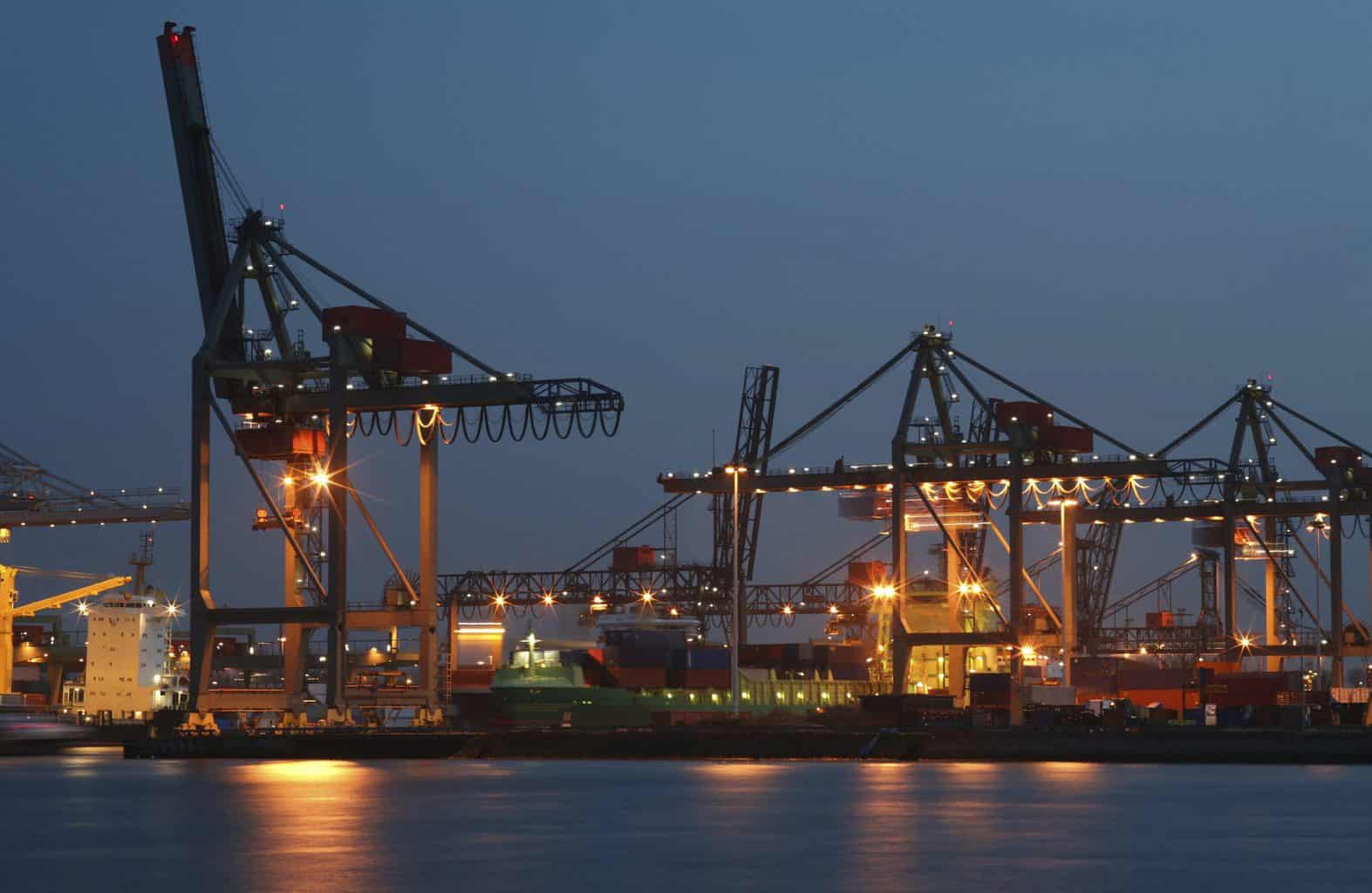Purchasing your next big piece of equipment is no small task. From shipyard to construction sites, when the heavy lifting is necessary, you need quality to do it.
There are a great many crane manufacturers out there, each of them with a promise to bring good quality equipment to you. At Kor-Pak, we have dealt with quality, and we know how to rate a good manufacturer.
Here we have our top list of quality equipment and crane manufacturers.
Top Equipment and Crane Manufacturers
Whether you’re starting out in the industry, expanding an existing group of machines, or looking for repair parts to fix up what you have, you need to end with a cohesive whole of a crane.
Some manufacturers specialize in specific parts, while some have a more cohesive whole product and service that they sell. In either case, it is the complement of quality pieces that end up making a strong whole.
When you’re looking for quality equipment and crane manufacturers, consider these companies.
1. Demag
The Demag brand is a well-known provider of quality cranes around the world. Producing a massive range of cranes, drives, and handling technology, Demag has everything you need in one place.
Demag also offers servicing of all its equipment to keep everything running at top-notch. They also optimize equipment for any system and setting, allowing anyone from a small workshop to big shipping sites.
Whether you need the full crane equipment or a few parts to improve and repair, Demag has the quality and the drive to back it up.
2. Stromag
The tiniest of details can make the most significant difference. Every little piece in your big equipment, from brakes to couplings, is a quality piece when it comes to Stromag.
Stromag is one of the leaders in industrial equipment parts across the globe. They provide brakes, clutches, limit switches, couplings, yaw brakes, and current brakes.
Since 1932, Stromag has been an innovator in efficiency and quality materials. They aim never to overlook the smallest ideas and pieces, leaving you with confidence in your large scale equipment.
3. SEW Eurodrive
While there are many pieces to a crane, some of the most important are the motors and controls. For the best gear motors in the entire industry, SEW Eurodrive has everything that you need.
SEW Eurodrive was the original creator of the first variable speed gear motor. The company has been crafting potent motors and systems since 1931. They have been on the cutting edge of innovation in all things motorized.
Quality Products, Quality Service
When looking for the best amongst the equipment and crane manufacturers, you need to know that every piece is quality.
When you are ready to make your next big purchase, Kor-Pak is here to distribute the equipment you need at a price you can be confident with. Contact us today for more information.

